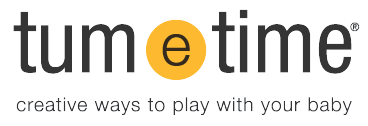I was a program coordinator for an early intervention center for many years. During this time, I couldn’t help but question the environmental factors as we watched our autism enrollment rise. Families questioned it as well, especially those who lived near the refinery.
Then I began to look around in the classrooms. We were using pretty heavy duty cleansers to clean the floors where babies crawled and tables where toddlers ate, even outside where the children played.
The playground is what really shocked me. I remember looking out to the yard and seeing a few people clad in full white suits spraying around the playground while the children played nearby. When I questioned it, I was told it was pesticide to keep pests away. Pests? We are spraying toxic pesticides in areas where kids roll around, pick weeds and build sand castles. Many of the children had medical concerns. The only response I got was to switch the company’s time to when the children and families were not present, so they wouldn’t see. And the other suggestions about more gentle cleansers? I was always amazed at the range of excuses, licensing this, bought it in bulk that, but it never changed while I was working there.
Things we do can make a difference. This article briefly talks about many chemicals that have found their way into our products and water system, but with some knowledge (and some protesting) perhaps we can help prevent future diagnosis and keep our little ones healthier.
